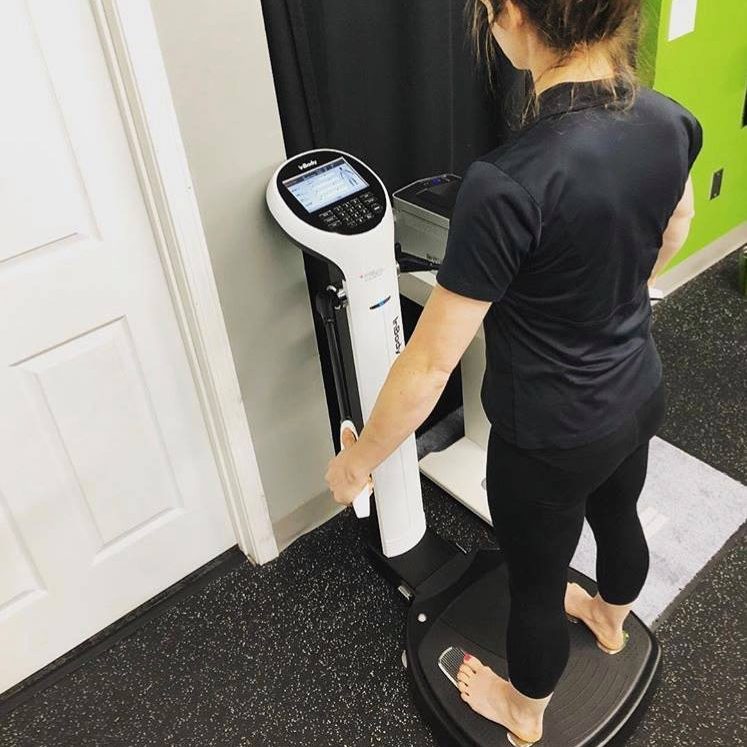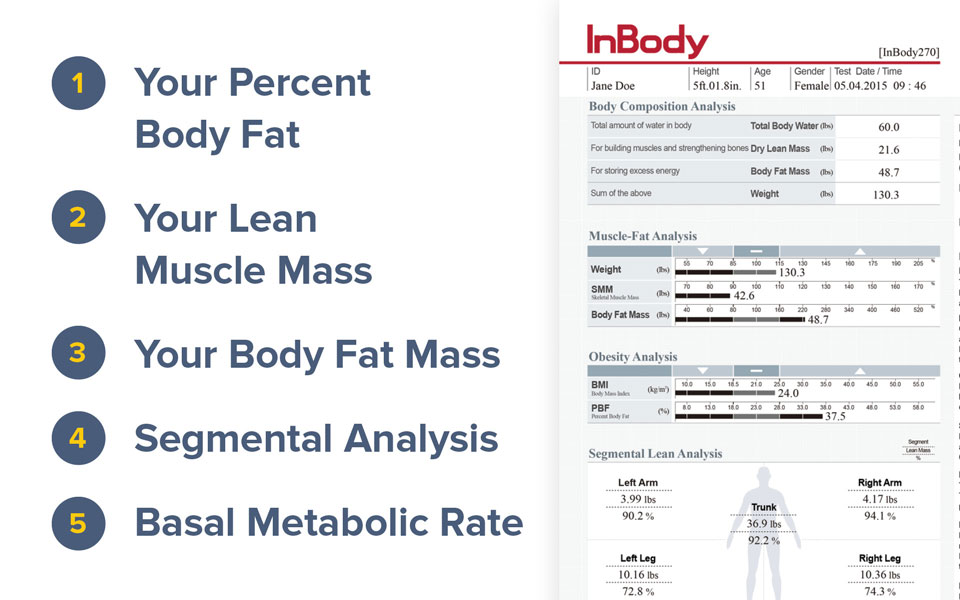As fitness training specialists, we are often asked by clients about the best type of cardio for fat loss: HIIT or steady-state cardio.
While both forms of exercise have their advantages, understanding the science behind each can help you make an informed decision on which is the best fit for your goals, fitness level, and personal preferences.
First, let’s take a deeper dive into HIIT (High-Intensity Interval Training).
This type of cardio involves short bursts of high-intensity exercise followed by periods of rest or low-intensity exercise. HIIT can be done with bodyweight exercises, such as burpees or jumping jacks, or with equipment such as a treadmill or bike. HIIT workouts are typically shorter in duration, ranging from 10 to 30 minutes, but can be extremely challenging due to the high intensity of the exercise.
The primary mechanism behind HIIT’s effectiveness for fat loss is the “afterburn effect,” also known as excess post-exercise oxygen consumption (EPOC). After an intense bout of exercise, the body’s metabolic rate can remain elevated for several hours, causing the body to continue to burn calories even after the workout has ended. HIIT has been shown to be a highly effective way to boost the body’s metabolism and burn calories both during and after the workout, making it an excellent choice for those who want to maximize fat loss in a shorter amount of time.
However, it’s worth noting that HIIT is not suitable for everyone. Due to the high-intensity nature of the workouts, they can be challenging for individuals with certain health conditions, such as heart disease, or for those who are new to exercise. HIIT can also be highly demanding on the body, and it’s important to ensure you are performing the exercises with proper form and technique to avoid injury.
Next, let’s take a closer look at steady-state cardio.
This type of cardio involves maintaining a steady level of intensity for an extended period of time, usually ranging from 30 to 60 minutes. Steady-state cardio can include exercises such as jogging, cycling, or using an elliptical machine. While steady-state cardio may not be as intense as HIIT, it can still be an effective way to burn calories and lose fat.
The primary mechanism behind steady-state cardio’s effectiveness for fat loss is the total number of calories burned during the workout. While the body’s metabolic rate may not remain elevated as long after a steady-state cardio workout as it does with HIIT, the total number of calories burned during the workout can be higher due to the longer duration of the exercise. Additionally, steady-state cardio can be a great way to improve cardiovascular health and build endurance, making it an excellent choice for those who are looking to increase their overall fitness level.
It’s worth noting that steady-state cardio can become less effective over time as the body becomes more efficient at using energy. To continue to see results with steady-state cardio, it’s important to continue to challenge yourself with longer duration, higher intensity, or new types of exercise.
So, the best type of cardio for fat loss is the one that you enjoy and can stick to consistently. Both HIIT and steady-state cardio can be effective for fat loss, but it’s important to consider your individual goals, fitness level, and personal preferences when deciding which is the best fit for you. For maximum fat loss results, consider incorporating both types of cardio into your workout routine along with a healthy diet and strength training. By understanding the science behind each type of cardio, you can make informed decisions on how to best achieve your fitness goals.

Body Composition Measurement

It takes 45 seconds to understand all the detail about your muscle, fat, and water values including lean mass and fat values in each segment of your body.
Knowing your numbers can give you a better idea of where to focus your efforts.

